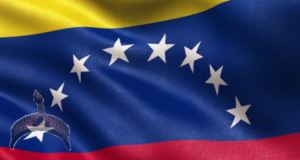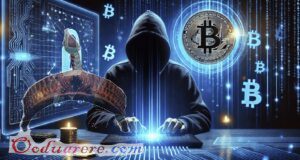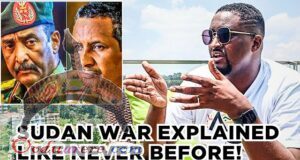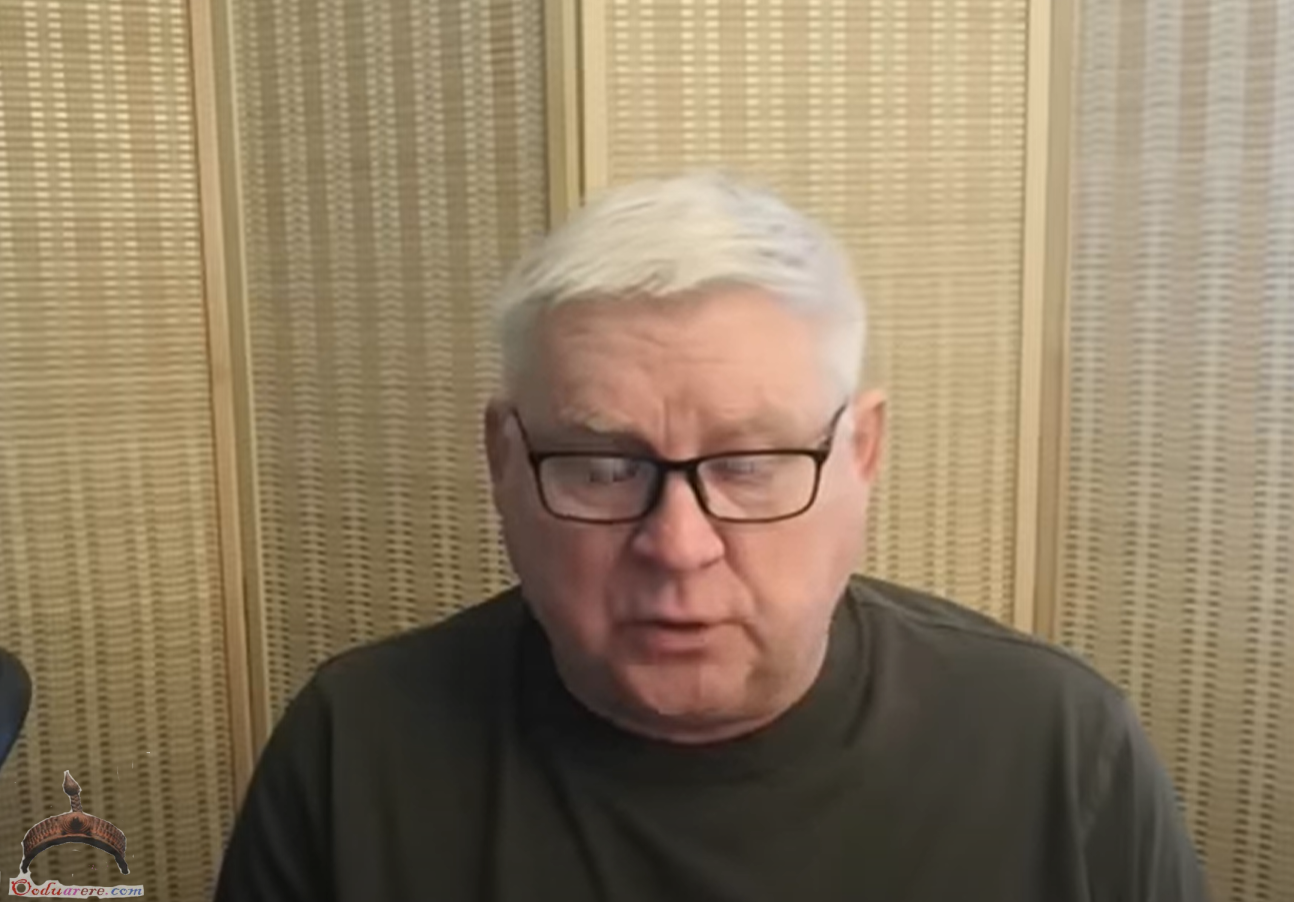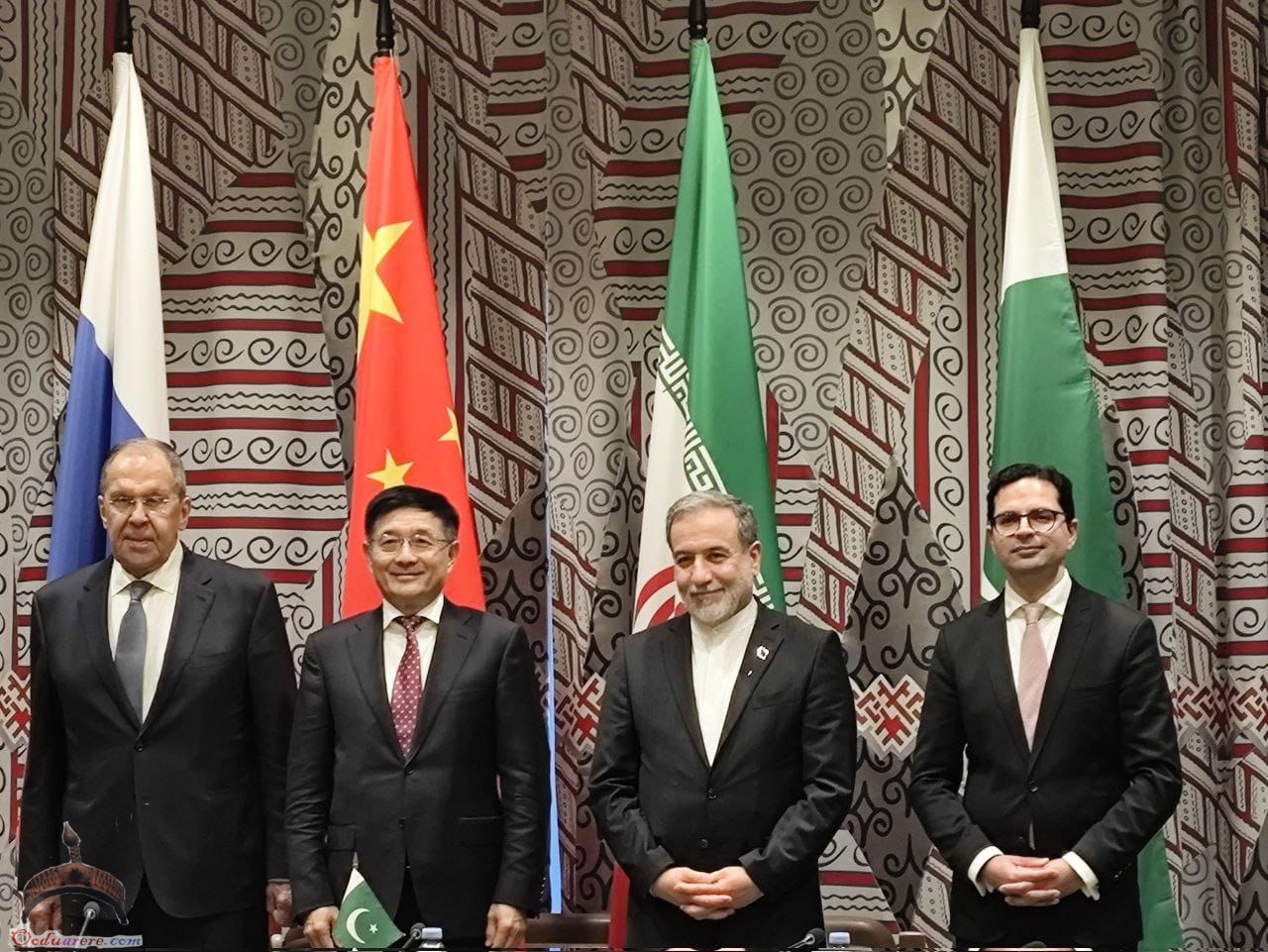By Pepe Escobar – Hong Kong : Posted with permission
“If we burn, you burn with us.” “Self-destruct together.” (Lam chao.)
The new slogans of Hong Kong’s black bloc – a mob on a rampage connected to the black shirt protestors – made their first appearance on a rainy Sunday afternoon, scrawled on walls in Kowloon.
Decoding the slogans is essential to understand the mindless street violence that was unleashed even before the anti-mask law passed by the government of the Special Administrative Region (SAR) went into effect at midnight on Friday, October 4.
By the way, the anti-mask law is the sort of measure that was authorized by the 1922 British colonial Emergency Regulations Ordnance, which granted the city government the authority to “make any regulations whatsoever which he [or she] may consider desirable in the public interest” in case of “emergency or public danger”.
Perhaps the Honorable Nancy Pelosi, Speaker of the US House of Representatives, was unaware of this fine lineage when she commented that the law “only intensifies concern over freedom of expression.” And it is probably safe to assume that neither she nor other virulent opponents of the law know that a very similar anti-mask law was enacted in Canada on June 19, 2013.
More likely to be informed is Hong Kong garment and media tycoon Jimmy Lai, billionaire publisher of the pro-democracy Apple Daily, the city’s Chinese Communist Party critic-in-chief and highly visible interlocutor of official Washington, DC, notables such as US Vice President Mike Pence, Secretary of State Mike Pompeo, and ex-National Security Council head John Bolton.
On September 6, before the onset of the deranged vandalism and violence that have defined Hong Kong “pro-democracy protests” over the past several weeks, Lai spoke with Bloomberg TV’s Stephen Engle from his Kowloon home.
He pronounced himself convinced that – if protests turned violent China would have no choice but to send People’s Armed Police units from Shenzen into Hong Kong to put down unrest.
“That,” he said on Bloomberg TV, “will be a repeat of the Tiananmen Square massacre and that will bring in the whole world against China….. Hong Kong will be done, and … China will be done, too.”
Still, before the violence broke out, hundreds of thousands of Hong Kong people had gathered in peaceful protests in June, illustrating the depth of feeling that exists in Hong Kong. These are the working-class Hongkongers that Lai supports through the pages of Apple Daily.
But the situation has changed dramatically from the early summer of non-violent demonstrations. The black blocs see such intervention as the only way to accomplish their goal.
For the black blocs, the burning is all about them – not Hong Kong, the city and its hard-working people. Those are all subjected to the will of this fringe minority that, according to the understaffed and overstretched Hong Kong police force, numbers 12,000 people at the most.
Cognitive rigidity is a euphemism when applied to mob rule, which is essentially a religious cult. Even attempting the rudiments of a civilized discussion with these people is hopeless. The supremely incompetent, paralyzed Hong Kong government at least managed to define them precisely as “rioters” who have plunged one of the wealthiest and so far safest cities on the planet “into fear and chaos” and committed “atrocities” that are “far beyond the bottom line of any civilized society.”
“Revolution in Hong Kong”, the previous preferred slogan, at face value a utopian millennial cause, has been in effect drowned by the heroic vandalizing of metro stations, i.e., the public commons; throwing petrol bombs at police officers; and beating up citizens who don’t follow the script. To follow these gangs running amok, live, in Central and Kowloon, and also on RTHK, which broadcasts the rampage in real-time, is a mind-numbing experience.
I’ve sketched before the basic profile of thousands of young protestors in the streets fully supported by a silent mass of teachers, lawyers, bewigged judges, civil servants and other liberal professionals who gloss over any outrageous act – as long as they are anti-government.
But the key question has to focus on the black blocs, their mob rule on rampage tactics, and who’s financing them. Very few people in Hong Kong are willing to discuss it openly. And as I’ve noted in conversations with informed members of the Hong Kong Football Club, businessmen, art collectors, and social media groups, very few people in Hong Kong – or across Asia for that matter – even know what black blocs are all about.
The black bloc matrix
Black blocs are not exactly a global movement; they are a tactic deployed by a group of protesters – even though intellectuals springing up from different European strands of anarchism mostly in Spain, Italy, France and Germany since the mid-19th century may also raise it from the level of a tactic to a strategy that is part of a larger movement.
The tactic is simple enough. You dress in black, with lots of padding, ski masks or balaclavas, sunglasses, and motorcycle helmets. As much as you protect yourself from police pepper spray and/or tear gas, you conceal your identity and melt into the crowd. You act as a block, usually a few dozen, sometimes a few hundred. You move fast, you search and destroy, then you disperse, regroup and attack again.
From the inception, throughout the 1980s, especially in Germany, this was a sort of anarchist-infused urban guerrilla tactic employed against the excesses of globalization and also against the rise of crypto-fascism.
Yet the global media explosion of black blocs only happened over a decade later, at the notorious Battle of Seattle in 1999, during the WTO ministerial conference, when the city was shut down. The WTO summit collapsed and a state of emergency was in effect for nearly a week. Crucially, there were no casualties, even as black blocs made themselves known as part of a mass riot organized by radical anarchists.
The difference in Hong Kong is that black blocs have been instrumentalized for a blatantly search-and-destroy agenda. The debate is open on whether black bloc tactics, deployed randomly, only serve to legitimize the police state even more. What’s clear is that smashing a subway station used by average working people is absolutely irreconcilable with advancing a better, more responsible, local government.
My interlocutor shows up impeccably dressed for dim sum on Saturday at a deserted Victoria City outlet in CITIC tower, with a spectacular view of the harbor. He’s Shanghai aristocracy, the family having migrated to Hong Kong in 1949, and he’s a uniquely informed insider on all aspects of the Hong Kong-China-US triangle. Via mutual Chinese diaspora connections that hark back to the handover era, he agreed to talk on background. Let’s call him Mr. E.
In the aftermath of dark Friday, Mr. E is still appalled: “Not only you’re harming the people making their living in businesses, companies, shopping malls. You’re destroying subway stations. You’re destroying our streets. You’re destroying our hard-earned reputation as a safe, international business center. You’re destroying our economy.”
He cannot explain why there was not a single police officer in sight, for hours, as the rampage continued.
Cutting to the chase, Mr. E attributes the whole drama to a pathological hatred of China by a “significant majority” of Hong Kong’s population. Significantly, the day after our conversation, a small black bloc contingent circled around the PLA’s Kowloon East Barracks in Kowloon Tong in the early evening. Chinese soldiers in camouflage filmed them from the rooftop.
There’s no way black blocs would take their gas masks, steel rods and petrol bombs to fight the PLA. That’s an entirely new ball game compared with thrashing metro stations. And color-coded “revolution” manuals don’t teach you how to do it.
Mr. E points out there is nothing “leaderless” about the Hong Kong black blocs. Mob rule is strictly regimented. One of the black shirt slogans – “Occupy, disrupt, disperse, repeat” – has in effect mutated into “Swarm, destroy, disperse, repeat.”
Mr. E asks me about black blocs in France. Western mainstream media, for months, have ignored solid, peaceful protests by the Gilets Jaunes/Yellow Vests across France, against corruption, inequality and the Macron administration’s neoliberal push to turn France into a start-up benefitting the 1%.
Charges that French intel has manipulated black blocs and inserted undercover agents and casseurs (persons vandalizing property, specifically during protests) to discredit and demonize the Yellow Vests are widespread. As I’ve witnessed in Paris first hand, the feared CRS have been absolutely ruthless in their RAND-conceptualized militarized operations in urban terrain – repression tactics – without excluding the odd beating up of elderly citizens.
In contrast, mob rule in Hong Kong is excused as protest against “totalitarian” China.
Most of the conversation with Mr. E centers on possible sources of financing for the initial nonviolent protest and, particularly, for the mob rule that the black blocs have brought in its place.
Motivation and opportunity will get you on the list, which is not terribly long – but is long enough to include names of people and organizations diametrically opposed to one another and thus unlikely to be working together.
Among governments, we can start with the still (if not, probably, for much longer) number one superpower. Trump administration officials, locked in a trade war with Beijing, would have no trouble imagining some advantage coming from a weakening of the People’s Republic’s rule over Hong Kong, and could perhaps see good in positively destabilizing China, starting with fomenting a violent revolution in the former British colony.
The United Kingdom, contemplating a lonely post-Brexit old age, could have pondered how nice it would be to get closer to its favorite former colony, still an island of Britishness in a less and less British world.
Taiwan, of course, would have had interest in provoking a test run of how One Country, Two Systems – the formula that the PRC and the UK used with Hong Kong in 1997 and that Beijing has offered to Taiwan, as well – might work out under stress. And after the stress of peaceful protest had exposed weak underpinnings, the temptation may well have arisen to go farther and make such a hash of Chinese-ruled Hong Kong that no Taiwanese would ever again fall for the merger propaganda.
The People’s Republic seems an unlikely protagonist for the initial, nonviolent phase, but there are plenty of Hong Kongers who believe it is now encouraging provocations that would justify a major crackdown. And we can’t completely rule out the possibility that a mainland CCP faction – opposed to the breach of recent tradition with which Xi Jinping extended his time in the presidency, say – is trying to discredit him.
OK, enough about governments. Now we need some on-the-ground agents, Chinese with plausible deniability who can blend in as they receive and disburse the necessary funding and handle organizational and training matters.
Here the possibilities are far too numerous to list, but one popular name would be Guo Wengui, aka Miles Kwok. The billionaire fell out with the CCP and, in 2014, fled to the United States to pursue a career as a long-distance political operative.
Even more popular would be name of Jimmy Lai, mentioned above. Confirming another of my key meetings, when Mr. E points to the usual funding suspects, the name of Jimmy Lai inevitably comes up. In fact, a US-Taiwan-Jimmy Lai combination may be number one on the hit parade when it comes to the common wisdom.
But when I tried that combination on for size I encountered problems. For one big thing, Jimmy Lai has made no effort to hide his aid to pro-democracy groups but in his public remarks has invariably encouraged nonviolent agendas.
As South China Morning Post columnist Alex Lo wrote not long ago, “What’s wrong with making massive donations to political parties and anti-government groups? Nothing! So I am puzzled by the media brouhaha over Apple Daily boss Jimmy Lai Chee-ying’s alleged donations worth more than HK$40 million to his pals in the pan-democratic camp over a two-year period.”
Let’s not give up so easily, though. I believe that some things are best hidden right out in the open in bright daylight.
Yes, Lai’s public voice happens to be Mark Simon, who worked for four years as a US naval intelligence analyst.
Yes, Lai has been good friends with neo-con guru Paul Wolfowitz since the latter became chairman of the US Taiwan Business Council in 2008, according to a Lai aide.
Wolfowitz served as deputy secretary of defense from 2001 to 2005 under Donald Rumsfeld, sort of by accident: He was supposed to become George W Bush’s head of CIA. But, alas, that didn’t work out because his wife got wind of an affair Paul, a member of the board of the National Endowment for Democracy (NED, had with a staffer, who was married at the time … and so it goes.
And, yes, according to Wikileaks documentation, in 2013 Lai paid US$75,000 to Wolfowitz for an introduction to Myanmar government bigwigs.

Photo: Wikileaks via SCMP
But none of that really proves anything, does it now? Innocent until proven guilty. Colluding with arguably the most important US policy and intelligence operative of the past two decades, apparently yes – but can we establish active involvement by either the Pauls or the Jimmys of this world in black bloc provocations to achieve the bloody Chinese intervention that Lai forecast? Innocent until proven guilty.
This is going to take some further work. Back to the old drawing board with Asia Times.
There will be blowback
“We in Hong Kong are few in number. But we know that the world will never know genuine peace until the people of China are free.” – Wall Street Journal op-ed by Jimmy Lai, Sept 30
As much as there have been frantic efforts by the usual suspects to obliterate them, the images of black bloc mob rule and rampage across Hong Kong are now imprinted all over the Global South, not to mention in the unconscious of hundreds of millions of Chinese netizens.
Even the black blocs’ invisible financial backers may have been stunned by the counter-productive effects of the rampage, to the point of essentially declaring victory and ordering a retreat. In any case, Jimmy Lai continues to blame the Hong Kong police for “excessive and brutal violence” and to demonize the “dictatorial, cold-blooded and violent beast.”
Yet there’s no guarantee the black terror mob will back down – especially with Hong Kong fire officials now alarmed by the proliferation of online instructions for making petrol bombs using lethal white phosphorous. Once again – remember al-Qaeda’s “freedom fighters” – history will teach us: Beware of the Frankenstein terrors you create.
 Ọmọ Oòduà Naija Gist | News From Nigeria | Entertainment gist Nigeria|Networking|News.. Visit for Nigeria breaking news , Nigerian Movies , Naija music , Jobs In Nigeria , Naija News , Nollywood, Gist and more
Ọmọ Oòduà Naija Gist | News From Nigeria | Entertainment gist Nigeria|Networking|News.. Visit for Nigeria breaking news , Nigerian Movies , Naija music , Jobs In Nigeria , Naija News , Nollywood, Gist and more



